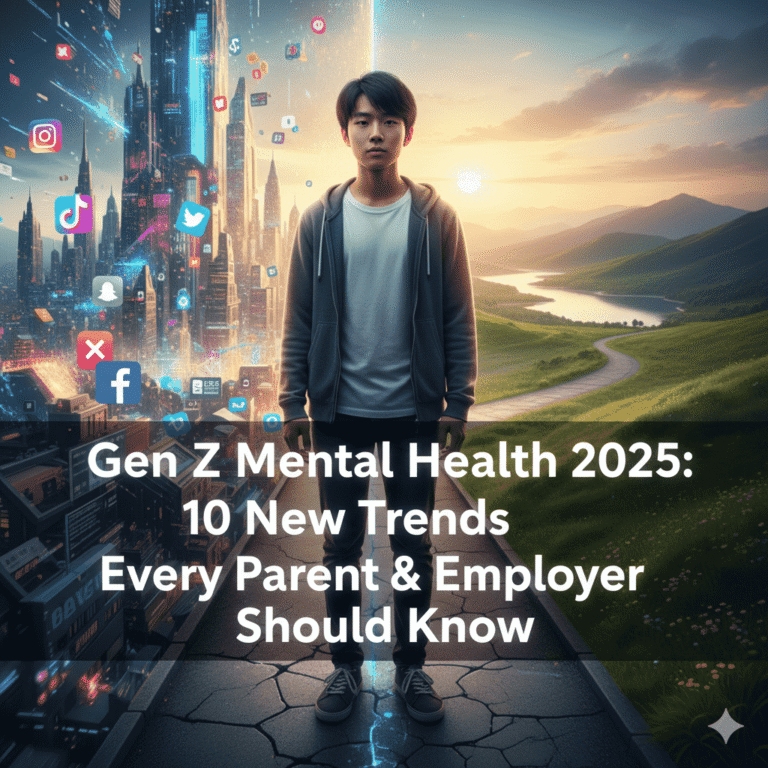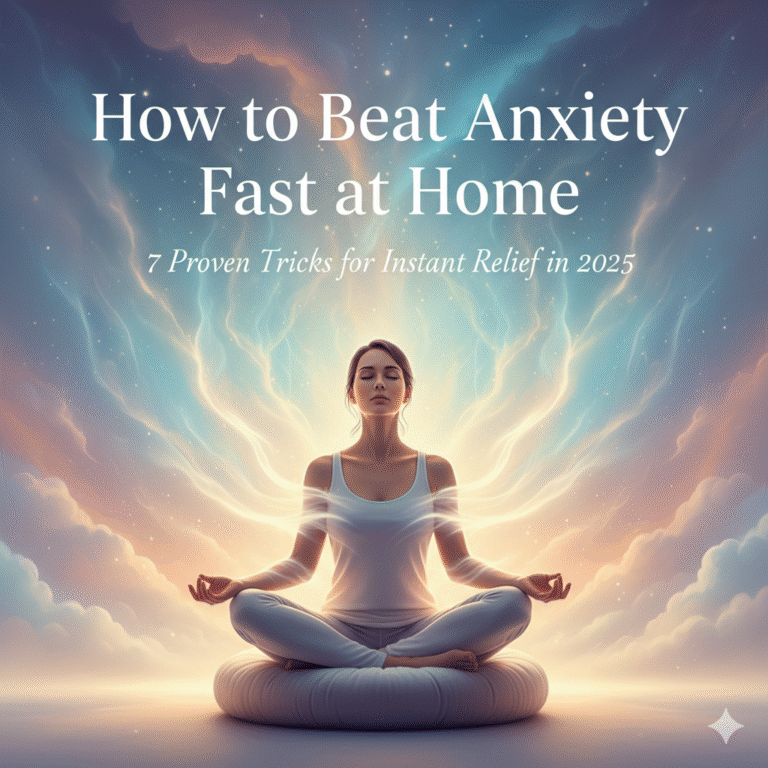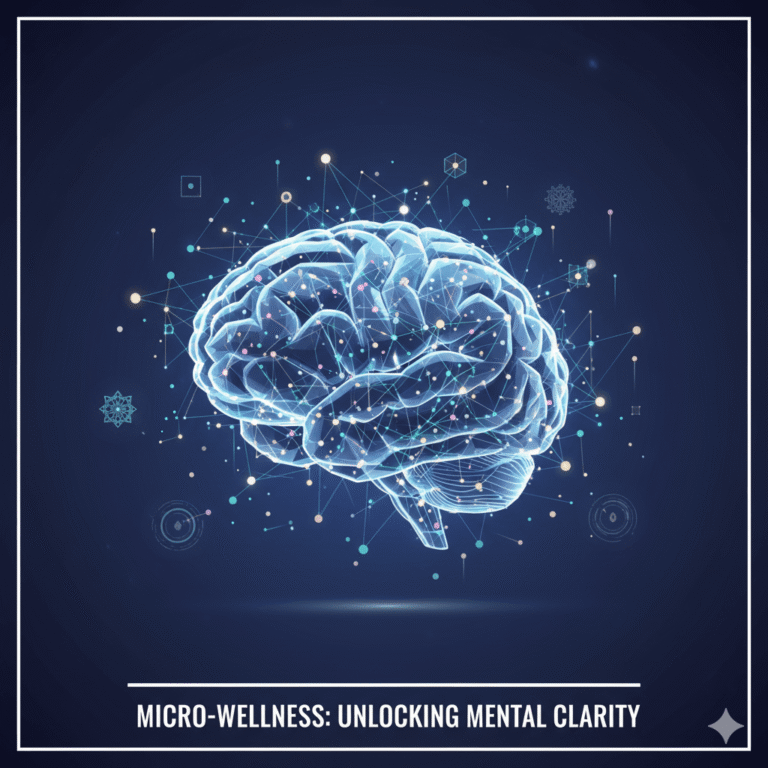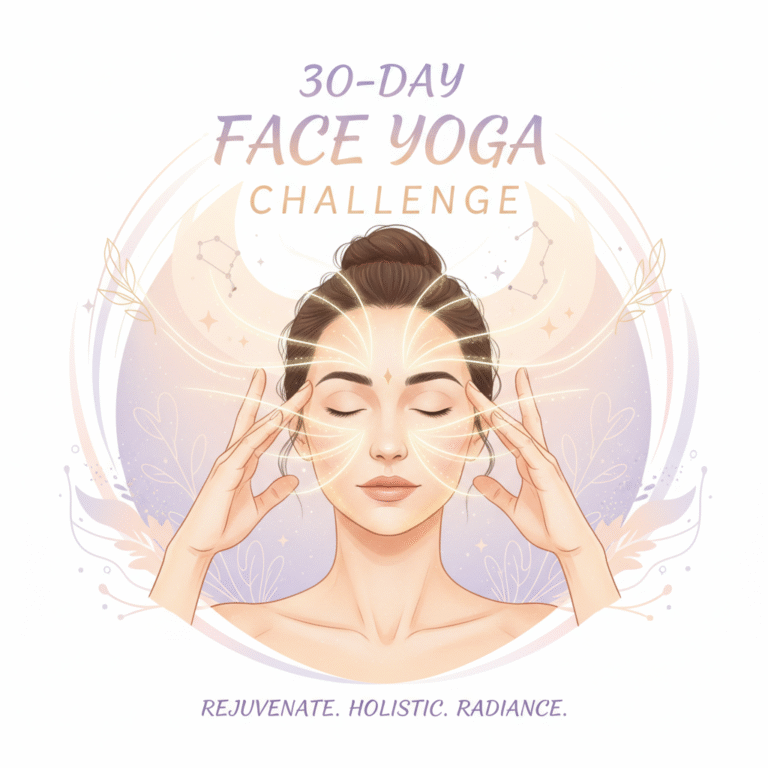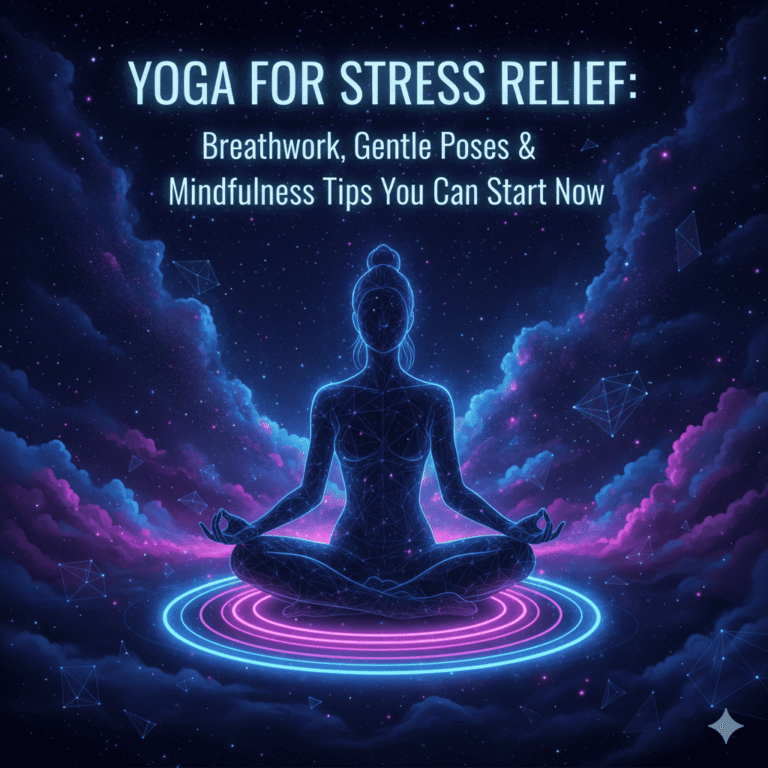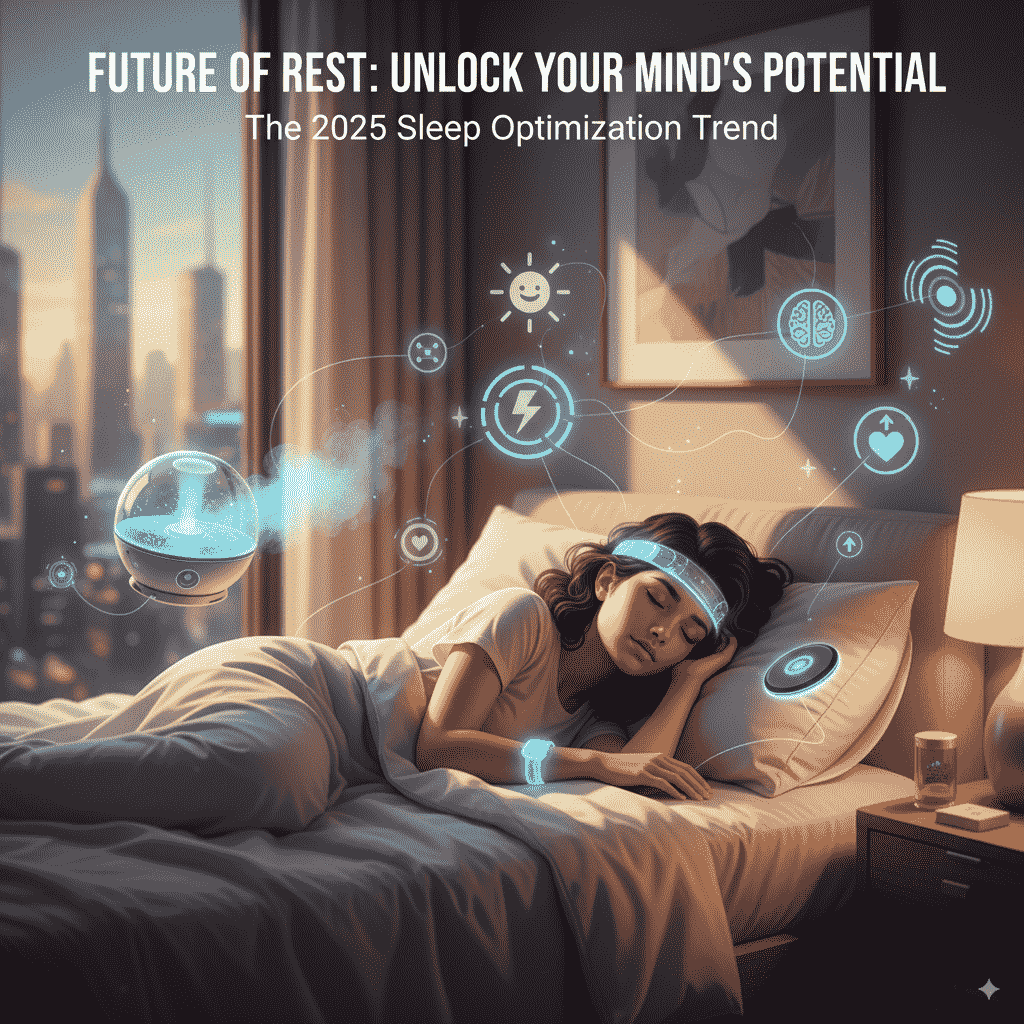
In 2025, sleepmaxxing has emerged as one of the most talked-about wellness trends worldwide. With increasing awareness of mental health and the critical role of sleep, people are turning to this practice to optimize rest and boost overall well-being. But what exactly is sleepmaxxing, and can it really transform your mental health—or could it potentially harm it? In this article, we’ll dive deep into the phenomenon, explore its benefits, risks, and practical tips, all while weaving in the latest insights and trends of 2025.
What Is Sleepmaxxing?
Sleepmaxxing is the practice of intentionally optimizing your sleep to enhance mental, emotional, and physical health. Unlike traditional sleep hygiene, which mainly focuses on getting enough sleep, sleepmaxxing emphasizes maximizing sleep quality through data, lifestyle changes, and even technology.
This trend has gained massive popularity among Gen Z and Millennials, who are more inclined toward self-optimization and digital wellness tools. Social media platforms like TikTok and Instagram are full of influencers sharing sleep hacks, routines, and devices to improve rest.
The core idea is simple: better sleep leads to better mental clarity, emotional stability, and overall health. But the execution can vary widely—from adjusting bedtime routines to using smart mattresses and digital trackers.
Why Sleepmaxxing Is Gaining Popularity
In today’s fast-paced world, poor sleep is increasingly common. Stress, long working hours, excessive screen time, and disrupted routines are just a few factors contributing to sleep deprivation. This has caused a surge in interest toward sleep optimization trends, including sleepmaxxing.
Additionally, the rise of mental health awareness has linked sleep directly to emotional well-being. Studies show that insufficient or irregular sleep can worsen conditions like anxiety, depression, and mood disorders. Conversely, intentional sleep improvement can act as a natural mental health booster.
Furthermore, technology has made tracking and enhancing sleep easier than ever. Smart mattresses, wearable devices, and apps provide insights into sleep stages, duration, and disturbances, enabling individuals to optimize rest scientifically.
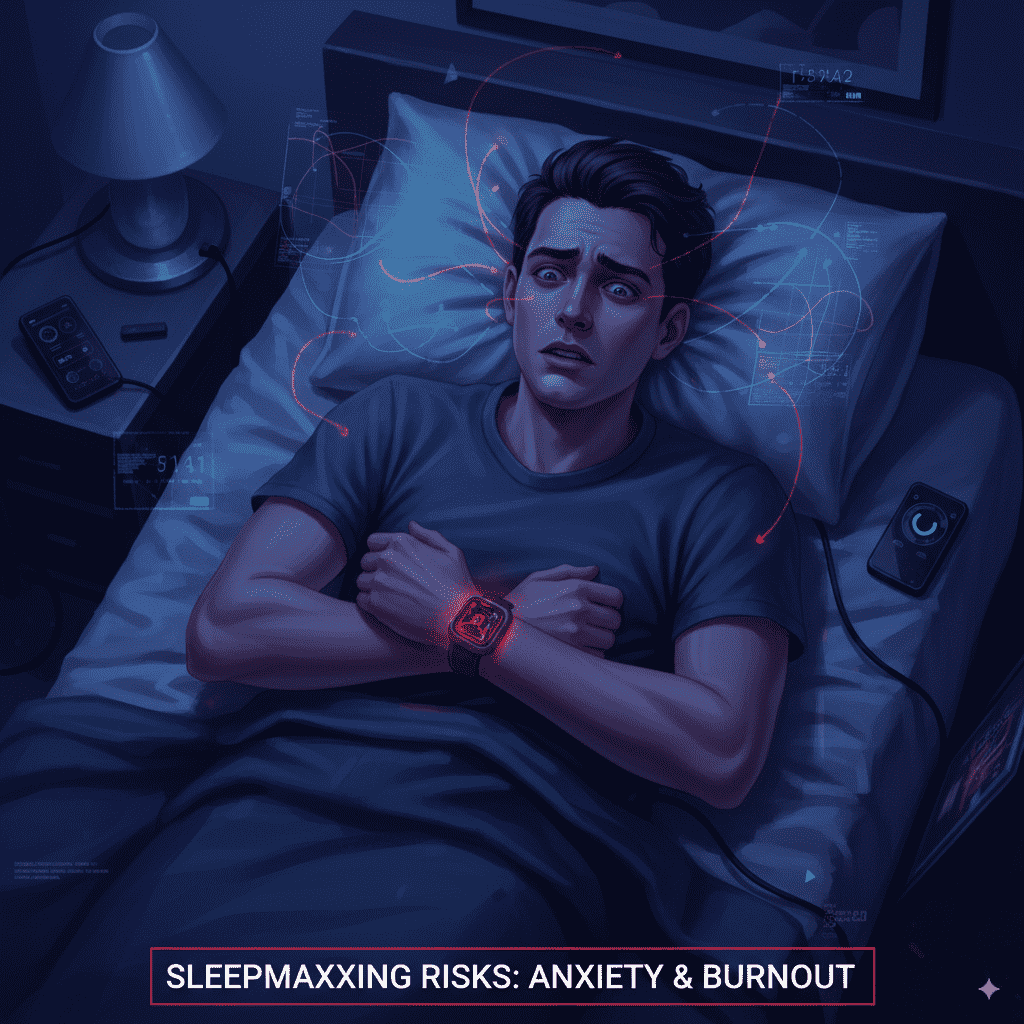
How Sleep Affects Mental Health
Quality sleep is not just about feeling rested—it significantly impacts brain function and emotional resilience. During deep sleep, the brain processes emotions, consolidates memories, and clears toxins that accumulate during the day. Poor sleep disrupts these processes, leading to irritability, poor concentration, and increased susceptibility to mental health issues.
Mental clarity and focus are directly correlated with sleep quality. People practicing sleepmaxxing often report heightened productivity, improved mood regulation, and reduced anxiety. Moreover, consistent sleep patterns can lower the risk of long-term mental health disorders.
Two Essential Practices in Sleepmaxxing
While there are countless hacks floating around social media, research and expert opinions highlight two primary approaches that form the backbone of sleepmaxxing:
1. Sleep Hygiene Optimization
- Create a sleep-conducive environment: cool, dark, and quiet.
- Establish consistent sleep schedules even on weekends.
- Limit exposure to screens and blue light before bedtime.
- Engage in relaxing pre-sleep routines like meditation, journaling, or light reading.
- Avoid caffeine, heavy meals, or alcohol close to bedtime.
2. Data-Driven Sleep Tracking
- Use wearable devices or apps to monitor sleep patterns.
- Identify trends such as sleep latency, REM cycles, and disturbances.
- Adjust habits based on actionable insights rather than obsessing over numbers.
- Periodically review progress and tweak routines for optimal rest.
These two pillars—sleep hygiene and tracking—form the foundation of safe and effective sleepmaxxing practices.
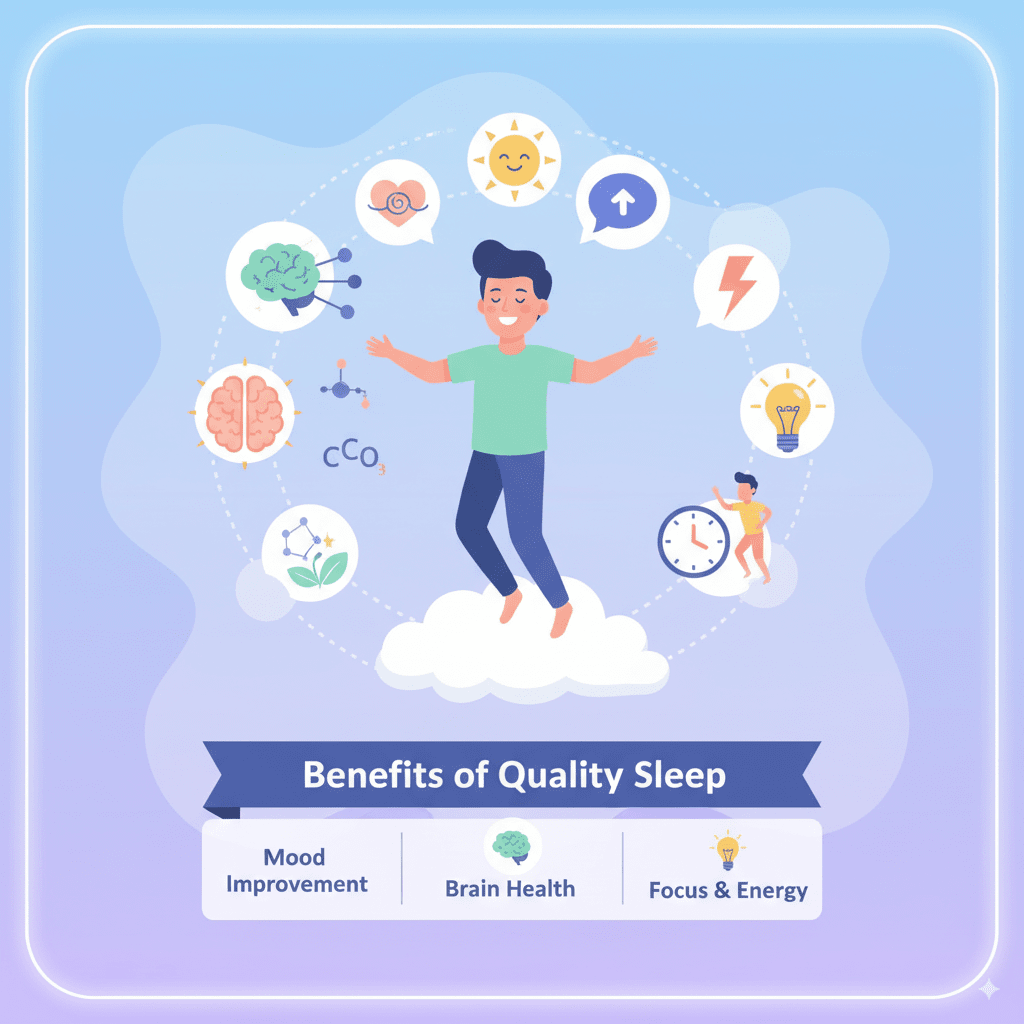
Popular Sleepmaxxing Techniques in 2025
Sleepmaxxing techniques have evolved beyond simple early bedtimes. Today, many enthusiasts experiment with strategies such as:
- Digital Sleep Monitoring: Using apps to track sleep cycles and receive personalized recommendations.
- Optimized Bedtime Routines: Incorporating mindfulness, stretching, or breathing exercises before sleep.
- Temperature Regulation: Adjusting room temperature or bedding for better REM sleep.
- Targeted Light Exposure: Using natural or artificial light to regulate circadian rhythms.
- Nutritional Adjustments: Timing meals and avoiding substances that interfere with sleep.
By combining these approaches, individuals aim to reach the ideal sleep efficiency—maximizing restorative rest while minimizing wasted time in bed.
Potential Benefits of Sleepmaxxing
When practiced correctly, sleepmaxxing offers a host of advantages:
- Enhanced Mood and Emotional Stability: Consistent quality sleep reduces irritability, anxiety, and depressive tendencies.
- Improved Cognitive Function: Restorative sleep strengthens memory, focus, and problem-solving abilities.
- Better Physical Health: Adequate sleep supports immune function, metabolism, and cardiovascular health.
- Increased Productivity: Sleepmaxxing can lead to heightened energy levels and more effective daily routines.
Scientific studies increasingly support the idea that intentional sleep optimization can serve as a natural, low-cost intervention for improving mental health outcomes.
Risks and Precautions
While the trend is promising, sleepmaxxing is not without potential pitfalls. Overemphasis on optimization can lead to anxiety about sleep, sometimes called orthosomnia. Excessive reliance on gadgets and trackers can make individuals feel stressed about not meeting ideal sleep metrics, which ironically worsens sleep quality.
Additionally, some popular techniques lack scientific validation. Practices like extreme fasting before bed, certain supplements, or unverified “hacks” can pose risks to health if not approached carefully.
Experts emphasize moderation, evidence-based strategies, and personalization. Not every hack suits every individual; understanding one’s body and lifestyle is critical for safe and effective sleepmaxxing.
Expert Insights on Safe Sleepmaxxing
Mental health professionals recommend approaching sleepmaxxing thoughtfully:
- Focus on Proven Practices: Consistent schedules, sleep-conducive environments, and mindful routines.
- Avoid Over-Monitoring: Track sleep for guidance, not obsession.
- Seek Professional Guidance: Especially for individuals with insomnia, sleep apnea, or other disorders.
By adhering to expert advice, individuals can enjoy the benefits of optimized sleep without unnecessary risks.
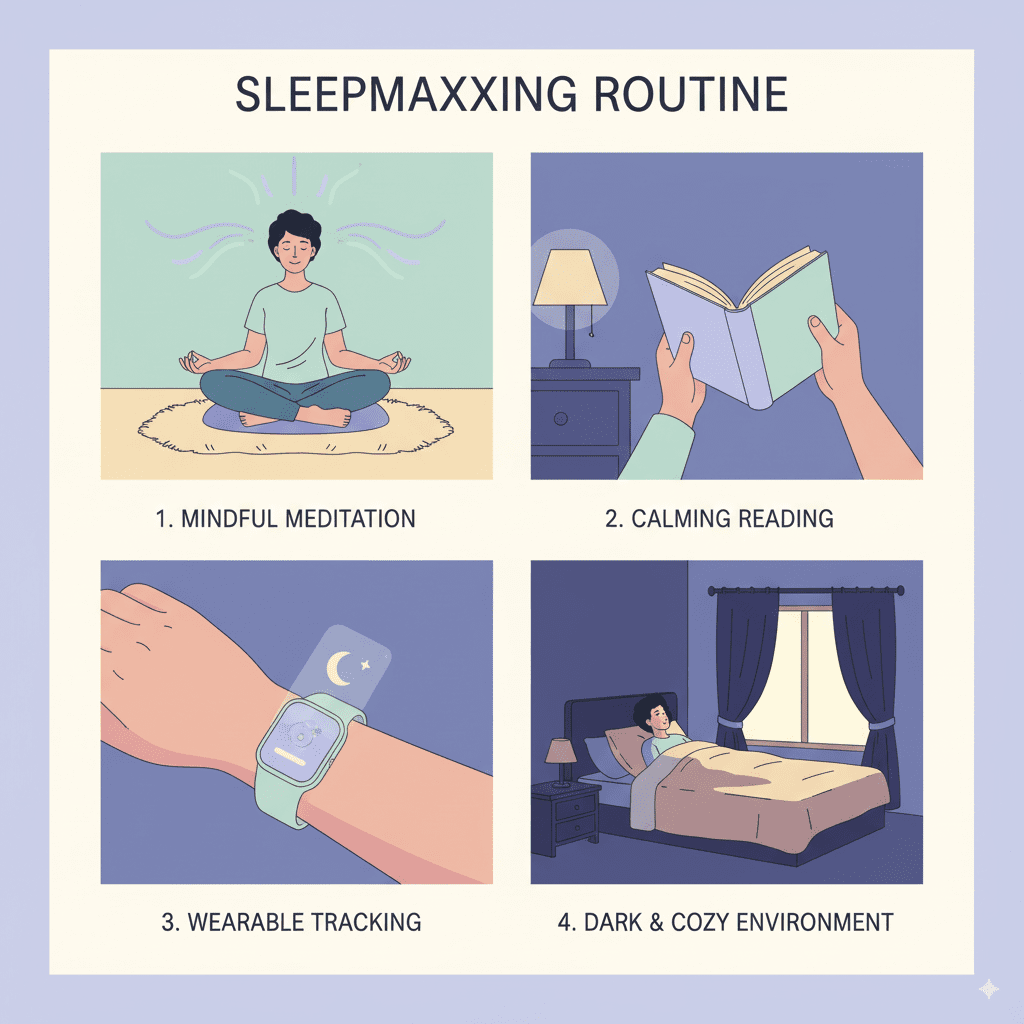
Integrating Sleepmaxxing into Daily Life
Practical application is key. Incorporating sleepmaxxing into daily routines requires commitment and awareness. Start small: adjust bedtime by 15–30 minutes, reduce late-night screen exposure, or introduce calming pre-sleep rituals. Gradually, you can layer additional strategies like tracking and environmental tweaks.
The goal is sustainable, long-term improvement, not immediate perfection. Over time, these habits reinforce circadian rhythm, reduce sleep debt, and positively influence mental health.
Conclusion
Sleepmaxxing is more than just a viral trend—it represents a shift in how society views sleep and mental wellness. By integrating sleep hygiene optimization and data-driven tracking, individuals can potentially enhance mood, cognitive performance, and overall health.
However, balance is key. Overemphasis, obsession, or reliance on unverified hacks can be counterproductive. The ultimate takeaway: prioritize consistent, quality sleep while using science-backed strategies to guide improvements.
For anyone seeking a practical, modern approach to mental health, sleepmaxxing in 2025 offers both promise and caution—a delicate balance worth mastering.
How does Sleepmaxxing impact mental health?
Quality sleep enhances mood, focus, and emotional stability. Poor sleep can worsen anxiety, depression, and stress, while optimized sleep supports overall mental wellness.
Is Sleepmaxxing safe?
Yes, if practiced carefully. Stick to evidence-based sleep routines, avoid unverified hacks, and consult professionals if you have sleep disorders.
What are common Sleepmaxxing techniques?
Techniques include consistent sleep schedules, mindful pre-sleep routines, tracking sleep digitally, optimizing bedroom environment, and regulating light and temperature.
Can Sleepmaxxing improve productivity?
Absolutely. Better sleep enhances focus, memory, and energy levels, which contributes to higher productivity and better decision-making.

